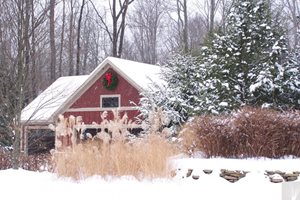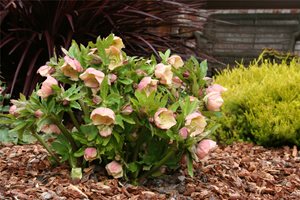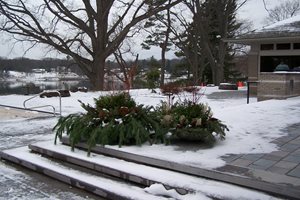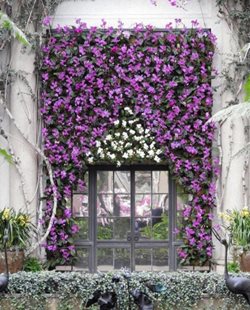Winterize Outdoor Pipes
How to prepare outdoor kitchens, pools, ponds and irrigation systems for winterIn climates with extended periods of frost or snow, any water trapped in outdoor pipes can expand and burst sprinkler systems, pumps, and backflow preventers. Because of that, it's imperative to winterize outdoor plumbing and other water-containing elements by draining or blowing out the water. Here, professional landscapers weigh in on what you need to do to prevent damage to outdoor pipes.
Outdoor kitchens
Winterize the faucet.
"An outdoor kitchen sink is similar to an outdoor hose bib," says Kyle Ritchie of Milieu Design LLC in Wheeling, IL. "Turn off the water at the source, then open the faucet so the water can drain."
Care for the drain.
Your outdoor kitchen sink may have water trapped in the drain. If that's the case, "I just pour a little antifreeze down the drain to keep it from freezing," says Gerry DuBreuil of Belknap Landscape Co., Inc in Gilford, NH.
Shut off gas lines.
The gas running to an outdoor kitchen will usually have a shut off lever at the house. Since you won't be using your outdoor kitchen again until spring, it's smart to shut off the gas just in case of winter damage.
Pools, ponds and pumps
Partially drain pools.
To winterize a swimming pool, lower the water level so it doesn't crack the pool, add chemicals to discourage algae over the winter, cover the pool to keep debris out, and disconnect the pool pump if it is in a place where it might freeze. Because the pipes running to most pools are 4 feet below the soil surface, they are usually insulated within the ground and may not need to be emptied.
Partially drain ponds.
Depending on your climate, you may be able to keep the pond running year-round with a heater or simply by keeping the water moving. However, in very cold climates it's best to partially drain the pond so it doesn't break apart the rocks around the edge, remove any aboveground pumps that might be in danger of freezing, and install an overflow pipe so the pond can drain in case of rain.
Protect pumps.
In rural areas, many people use a pump to bring water from a lake or well to service the irrigation system. DuBreuil recommends putting 1 to 2 cups of RV antifreeze into the pump to keep it from freezing through the winter, which won't hurt the landscape when it goes through the irrigation system in spring. "A one horsepower pump costs $900-$1200, so you want to avoid any problems," says DuBreuil.
Sprinkler systems
Unplug the timer.
DuBreuil points out that the timer can sustain damage from power surges in winter, so it's a good idea to actually unplug it and not just turn the dial to "off".
Blow out the system.
Irrigation systems in cold climates are installed with periodic outlets to allow your landscaper to blow the water out of the system each fall with a commercial compressor. "We go zone by zone to ensure all of the water is out of the system," says DuBreuil. "It's very important that it's completely drained."
Remove backflow preventer and valves.
The backflow preventer and valves have a lot of small moving parts, which are easily damaged if there is any water left in there to freeze. Ritchie recommends disconnecting them and bringing them indoors for the winter.
Shut off outdoor hose bibs.
Shut off the water at the source, and then turn on the faucet to drain the water from the pipe.
Once the snow melts and the growing season begins, you'll want your landscapers to come back for a spring startup. Sprinkler heads can get bumped or damaged, rodents can chew through pipes, and other damage can occur throughout the winter that would keep your sprinkler system from running efficiently. Your landscaper can check the system and make sure there are no above- or belowground leaks or other issues that would raise your water bill or reduce the efficacy of your sprinkler system.

 Backyards
Backyards
 Front Yards
Front Yards










